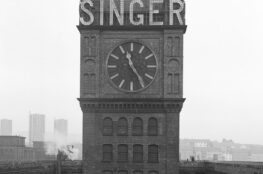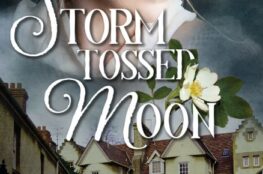Two hundred years ago this month, on 8th September 1820, two men were hanged and then beheaded in Broad Street, Stirling. They were John Baird, aged 38, and Andrew Hardie, aged 28. Found guilty of treason at what can only be called a show trial, their crime had been their involvement in the Scottish Radical Rising of 1820.
Both men were weavers to trade and had also served in the British army. It was this military experience and also their own leadership qualities which led to them being at the front of a small Radical army. This band marched out of Glasgow and Condorrat at Cumbernauld through a very wet night, heading for the Carron Ironworks at Falkirk. They planned to seize cannon there. Although they were sincere in their aims and their passionate support for political and social reform, it seems certain they had been tricked into this action by government agents provocateurs.
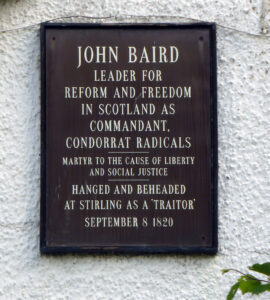
Intercepted by a unit from the regular British army and the local Stirlingshire Yeomanry, there was a short skirmish at Bonnymuir near Falkirk. Although the men and boys of the Radical army fought bravely, they were soon overpowered. Some managed to escape. Most were taken to imprisonment at Stirling Castle.
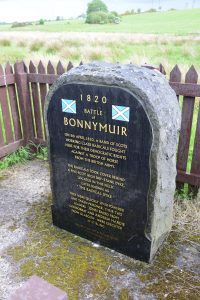
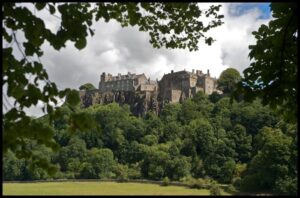
Tried under English Law in Stirling a few months later, Andrew Hardie and John Baird were sentenced to death. Nineteen of their comrades were sentenced to be transported to Australia. Shortly before he died, standing on a scaffold erected in Broad Street, Andrew Hardie declared: ‘I die a martyr to the cause of truth and justice.’ John Baird said the same. The two men were buried in pauper’s graves in the graveyard of Stirling’s Church of the Holy Rude.
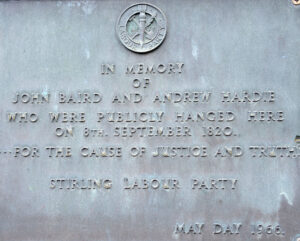
Decades later, their bodies were exhumed and brought to Glasgow, where they were re-interred at Sighthill Cemetery in the north of the city. The monument above their last resting place also honours James Wilson of Strathaven. He was another Radical weaver, hanged and then beheaded on Glasgow Green on 30th August 1820.
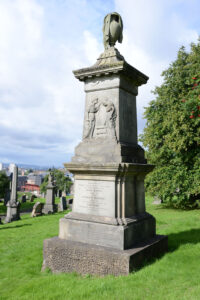
If you would like to know more about Scotland’s Radical Rising of 1820, here’s an online talk I gave about it as part of the Tuesday Talks Series of the National Galleries of Scotland.
